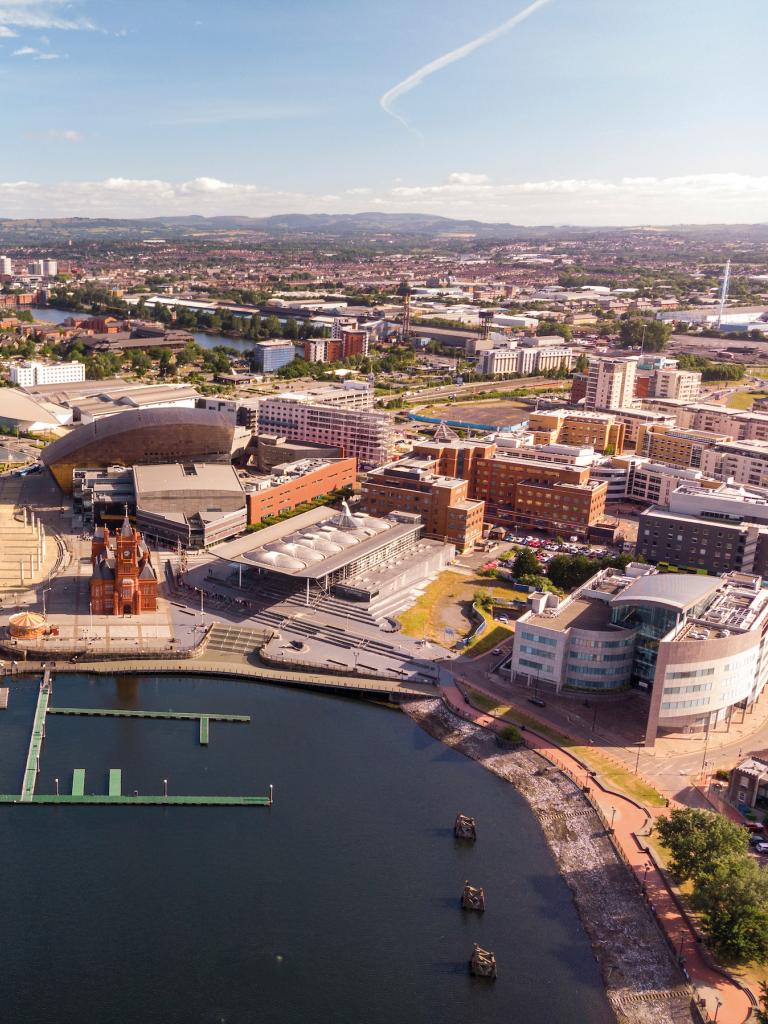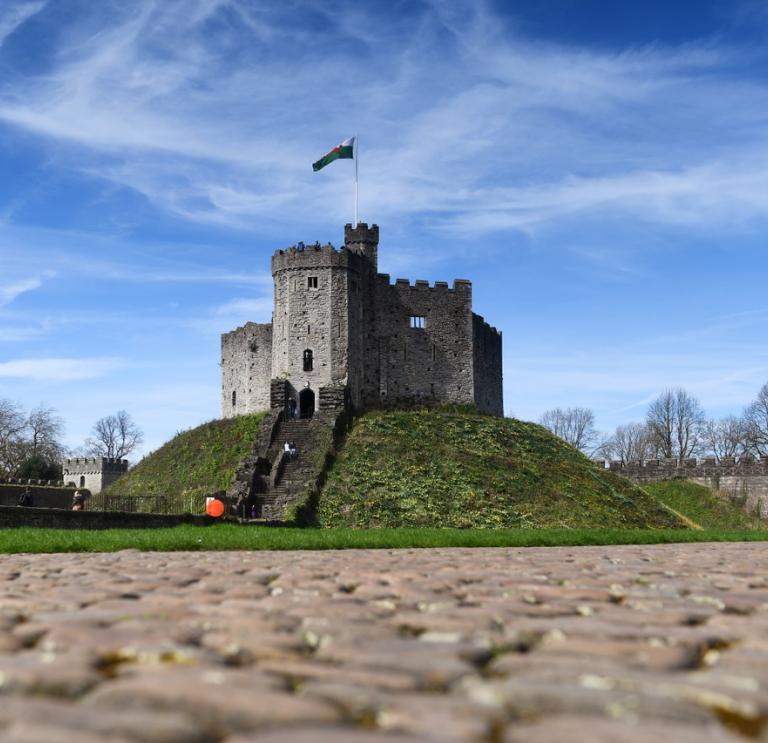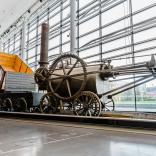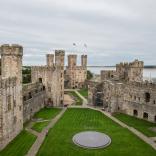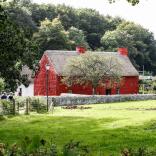A bit of pre-history…
People have lived in Wales – and we’re including our Neanderthal cousins here – for around 250,000 years. The land was uninhabitable during a series of Ice Ages, but when the last Ice Age ended around 15,000 years ago, we were back for good. The best place to explore the very earliest human artefacts is at our National Museum in Cardiff – it’s also got terrific collections of art and natural history. If you’d prefer a field-trip – quite literally, in a field – you can find impressive 6,000-year old burial chambers at St Lythans and Tinkinswood in the Vale of Glamorgan. Our Celtic forebears were also keen builders during the 2,000 years BCE. Wales has more than a thousand Iron Age hill forts: the major earthwork at Twmbarlwm is a great example.
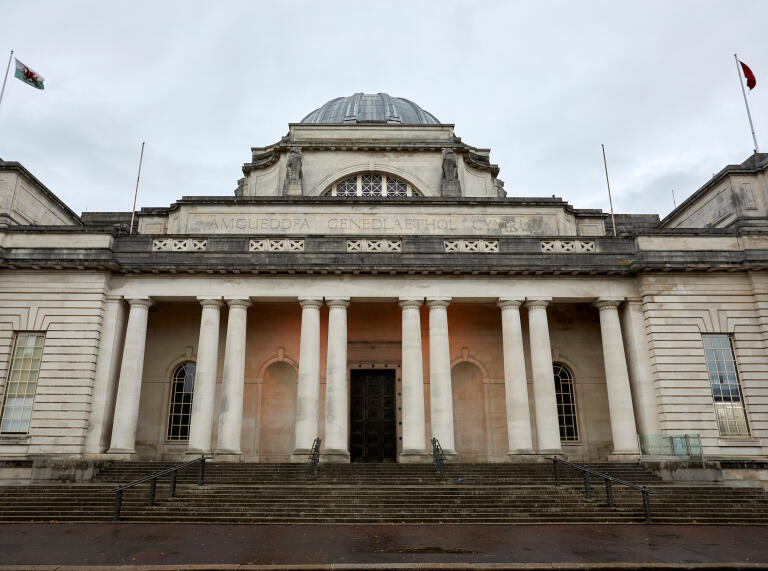
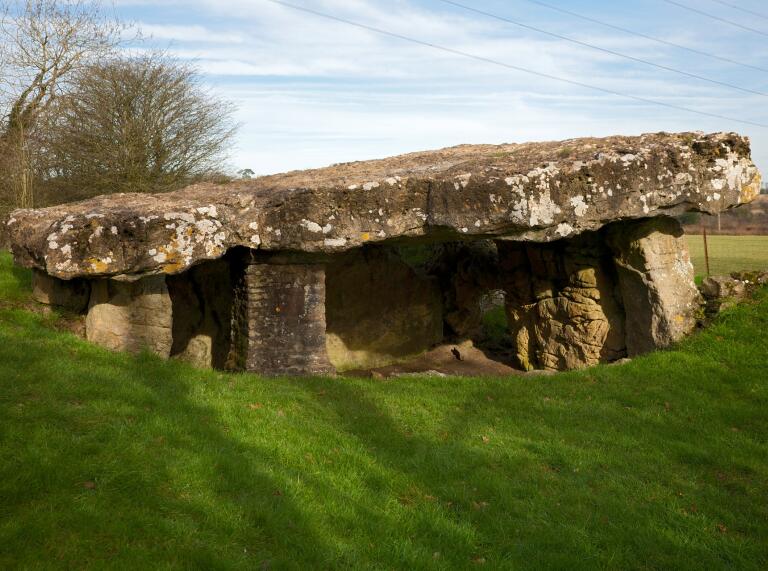
The Romans arrive
The Silures tribe fiercely resisted the Roman invasion of Britain, defeating the elite Second Legion of the Imperial Roman army in battle. But by 75AD, the Romans were building a mighty fortress at Caerleon, in the heart of the Silures’ lands. Today it’s the National Roman Legion Museum, which has the UK’s best amphitheatre, well-preserved baths, and the only remains of a Roman Legionary Barracks on view in Europe. You can also see the substantial ruins of Venta Silurium, a major Roman town, in nearby Caerwent. The Romans withdrew from Britain in the early 400s AD; the name Venta was adopted by the emerging Kingdom of Gwent.
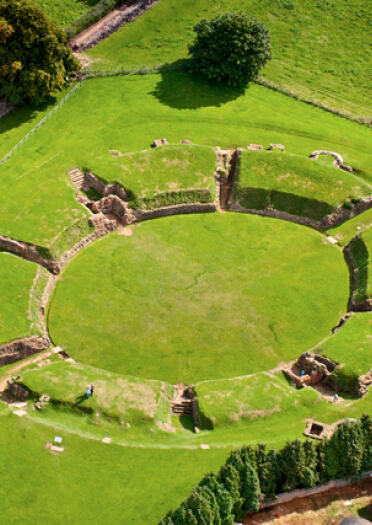
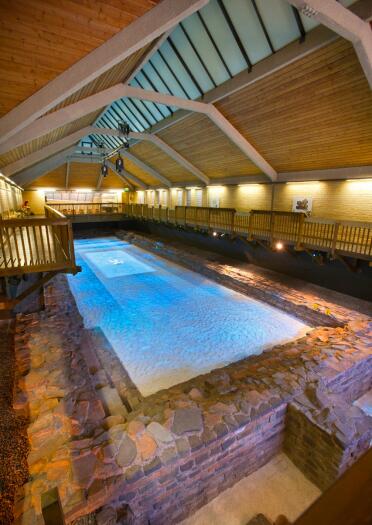
The age of Welsh kings and saints
After the Romans left, Wales was divided into a series of small kingdoms. Gwent and neighbouring Glywysing merged to form Morgannwg, from which the name Glamorgan (gwlad Morgan, or ‘Morgan’s land’) derives. When they weren’t fighting each other, the kings were battling invaders on all sides: the Irish to the west, Anglo-Saxons to the east, and Vikings around the coastline. By the end of the first millennium the Welsh border had begun to take its present shape, bounded to the east by the great 8th century earthwork, Offa's Dyke: a National Trail follows its entire length from Chepstow in the south to Prestatyn in the north.
Christianity was thriving: Britain’s oldest school was founded in Llantwit Major, which later trained several major Welsh saints: St David, St Samson, St Tudwal and St Illtud, whose present-day parish church is perhaps the most impressive in Wales. At the same time, St Teilo founded the first church on the site of Llandaff Cathedral.
Uh-oh, here come the Normans…
The Normans invaded Britain in 1066, and within a year William the Conqueror’s forces set out to subdue Wales. William appointed Marcher Lords to guard the border, and they built a chain of castles in what is now Monmouthshire, of which Chepstow, Skenfrith, Grosmont and White Castle are the best preserved. They built a major fortress on the original Roman walls at Cardiff Castle, and an absolute whopper at Caerphilly, Britain’s biggest castle after Windsor. They also built a major abbey at Tintern.
The Welsh fought back, notably during Owain Glyndŵr’s uprising (1400-15), during which he ransacked Cardiff and Newport. Tintern Abbey survived until 1536, when it was dissolved by Henry VIII, who also passed the Laws in Wales Acts (1535 and 1542), uniting England and Wales under a single jurisdiction. The final act of conquest? Possibly… although it’s worth pointing out that Henry was descended from a noble Welsh house, the Tudors of Penmynydd…
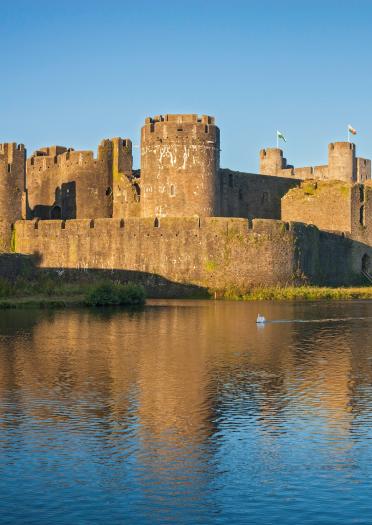
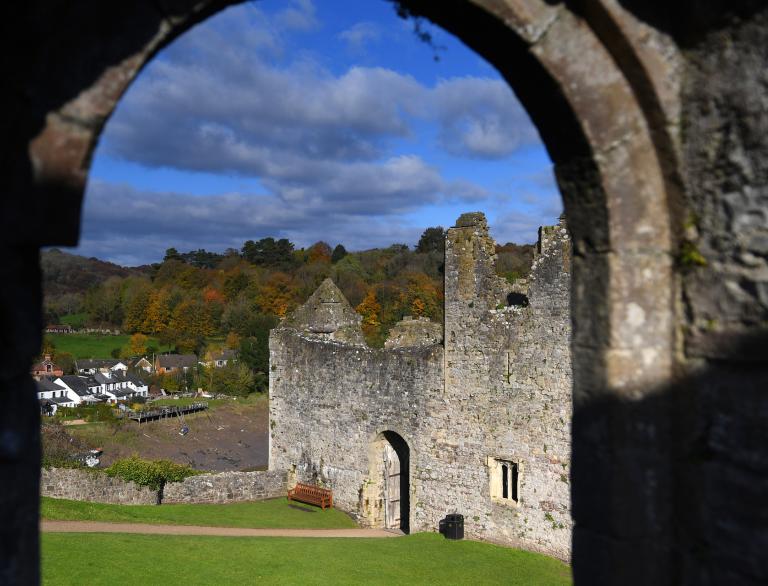
Life goes on
Henry VIII’s so-called ‘Acts of Union’ banned Welsh speakers from public office, so it’s remarkable that our language and traditions have survived – and yet they have, gloriously. Just outside Cardiff, St Fagans National Museum of History has wonderful collections from daily Welsh life through the ages. In its leafy parklands, more than 40 original buildings from different historical periods have been re-erected, including houses, farms, school, chapel and a splendid Workmen's Institute. It’s deservedly Wales’ most popular heritage attraction - and was voted the best free day out by Which? Magazine members. The museum has been voted the magazine's UK's top museum for three years running too!
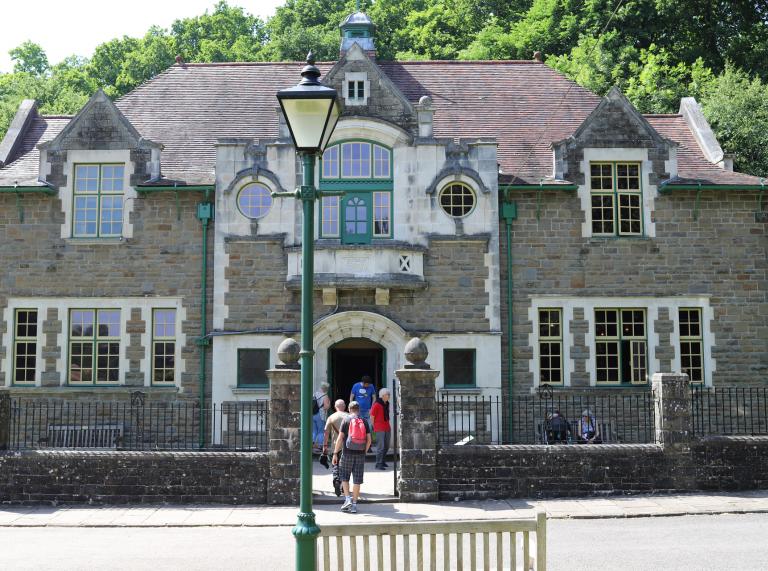
Revolutionary forces
Much of modern South Wales has been shaped by the Industrial Revolution. The Valleys region had all the natural ingredients - iron ore, limestone, timber and coal – together with plenty of water for power and transport. By the early 1800s, South Wales was the world’s biggest producer of iron; a century later, we supplied a third of the world’s coal. By 1851, we were the world’s first industrial society in which more people were employed by industry than agriculture.
The whole story is expertly told at several museums. The Big Pit National Coal Museum has underground tours run by ex-miners, while the nearby ironworks at Blaenafon is a UNESCO World Heritage site. The A Welsh Coal Mining Experience, based at Rhondda Heritage Park near Pontypridd, offers its own ‘Black Gold Tour’, while the museum at Cyfarthfa Castle, built by local ironmasters, explains why Merthyr Tydfil was once the biggest town in Wales.
A new capital
In 1801 Cardiff was a sleepy backwater with a population of less than 2,000. But it had a small port, which attracted the attention of the industrial barons to the north. Iron and coal was carried to Cardiff by packhorse, then canal, and then railway. The 2nd Marquess of Bute built new docks in the 1830s, and his son expanded them again. The 3rd Marquess also spent a fortune - he was the richest man in the world, after all - lavishly renovating Cardiff Castle and nearby Castell Coch.
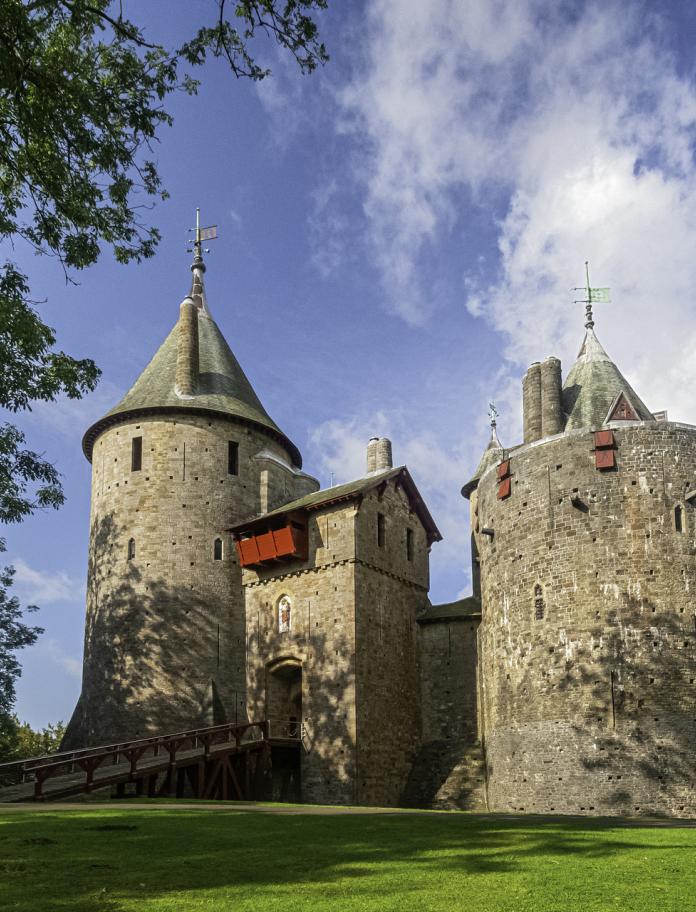
During the Industrial Revolution, Wales welcomed more immigrants than any other country in the world, apart from the USA. It also made our capital the UK’s first multicultural community, which we’re very proud of. Sailors from around the world were drawn to the docks and ‘Tiger Bay’ became Britain’s first multi-cultural community, with more than 50 nationalities settling here, notably from great seafaring nations like Yemen, Somalia and Greece. Cardiff’s Coal Exchange controlled the world price of coal, and in 1901 the world’s first £1m deal was struck here. You can find out more at the original Pierhead building in Cardiff Bay, and the wonderful Museum of Cardiff in the Old Library building in the city centre. Talking of which, Cardiff was awarded city status in 1905, and soon acquired a set of elegant civic buildings at Cathays Park, including our splendid National Museum.
In 1955 Cardiff was named our capital city – and the rest, as they say, is history…
